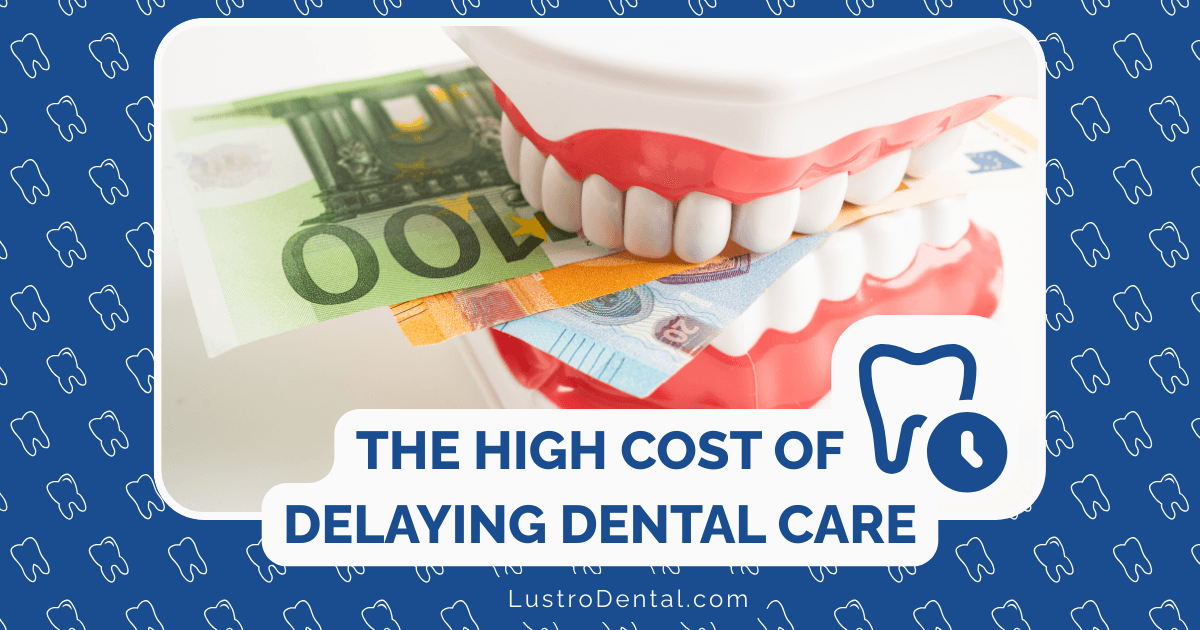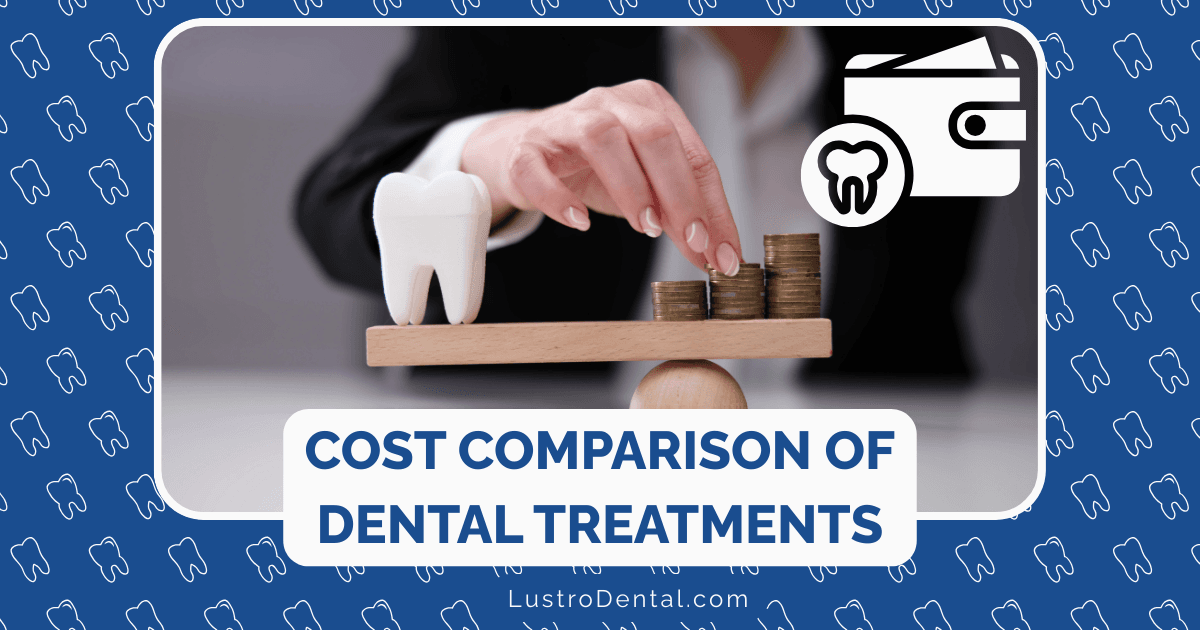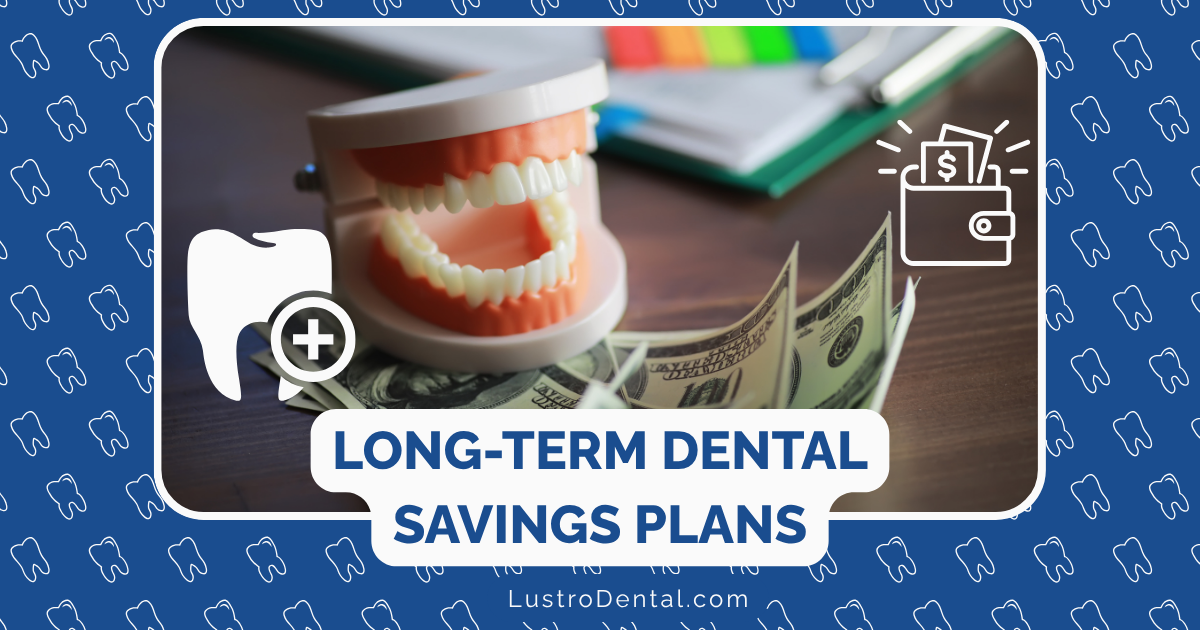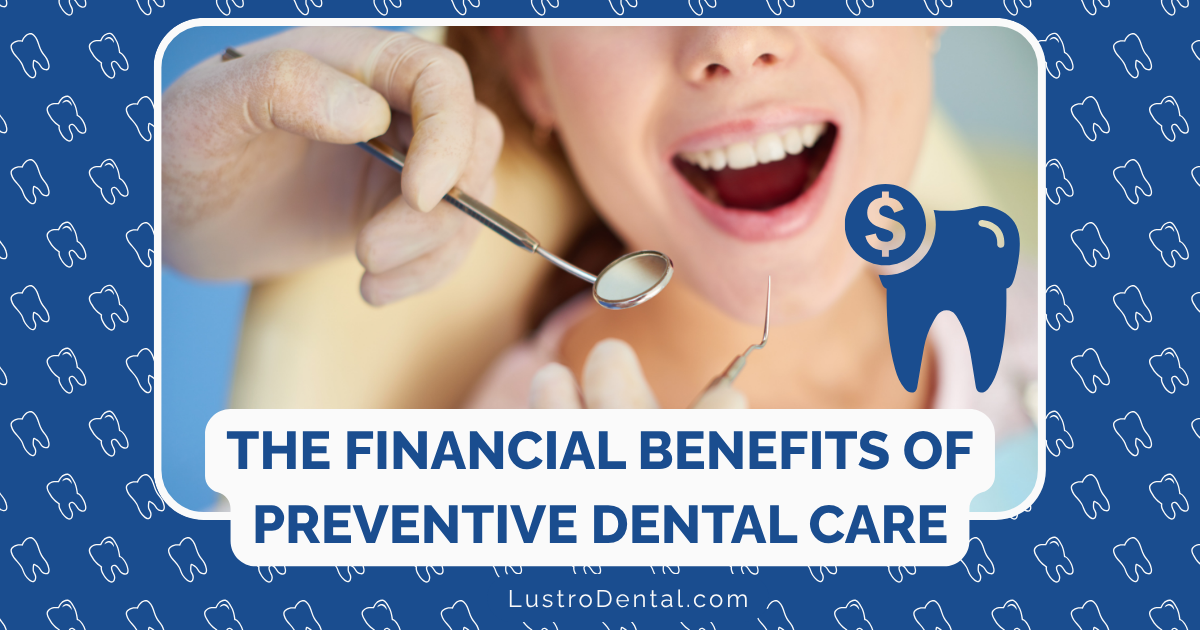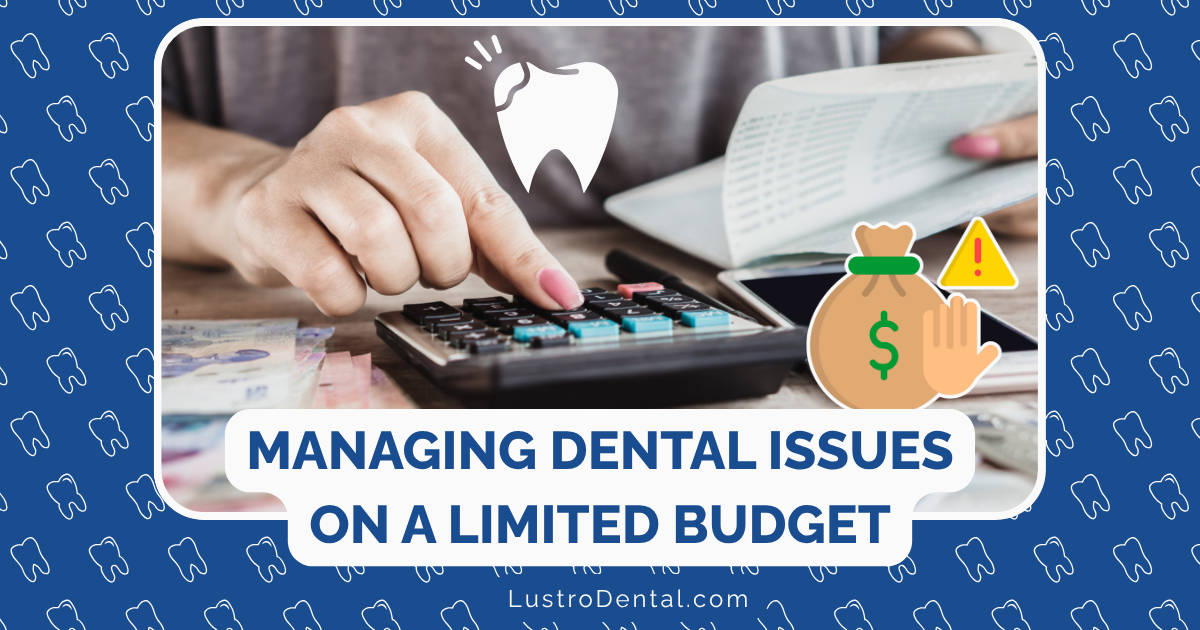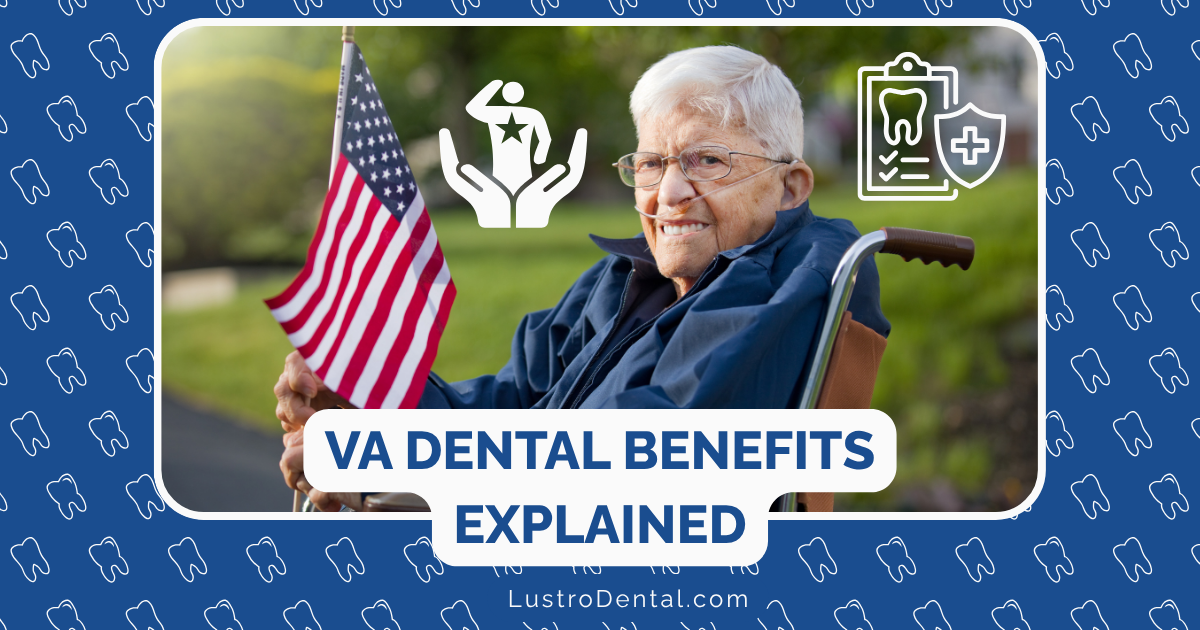Medicaid Dental Coverage by State: Understanding Your Benefits
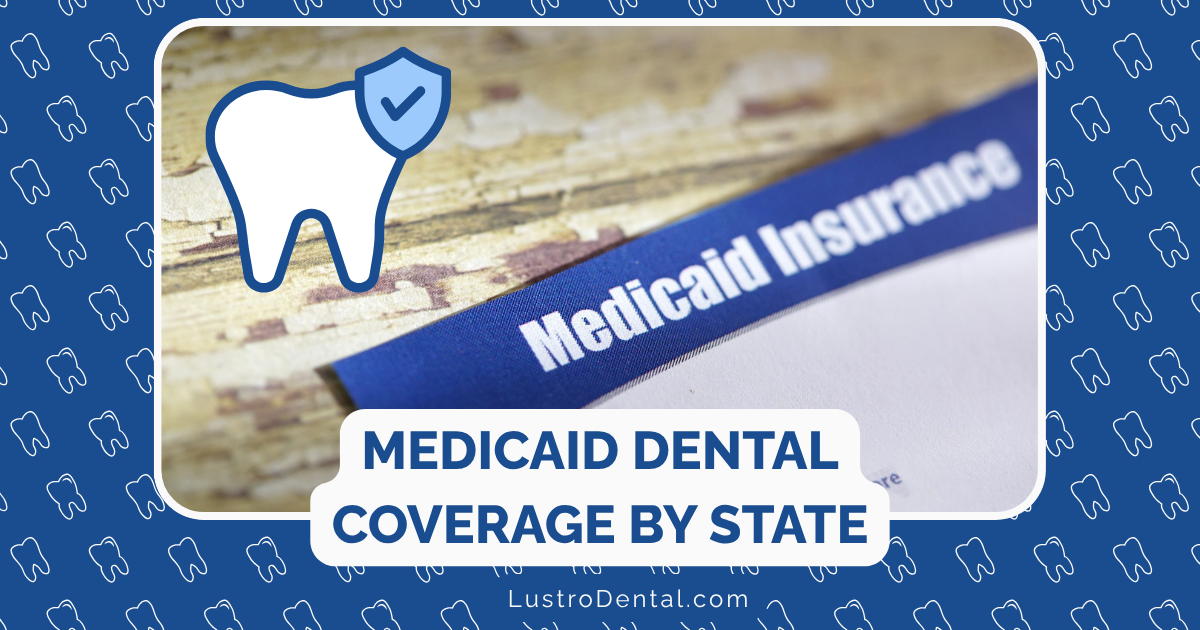
Navigating dental coverage under Medicaid can feel like trying to solve a puzzle with pieces from 50 different boxes. Unlike many other health benefits, dental coverage varies dramatically depending on which state you call home. This inconsistency creates confusion for millions of Americans who rely on Medicaid for their healthcare needs.
As a dental health advocate, I’ve seen firsthand how these state-by-state differences impact oral health outcomes. Let’s demystify Medicaid dental coverage by state (across the United States), helping you understand what benefits you might be entitled to and how to access them effectively.
The Foundation: Understanding Medicaid Dental Coverage
Before diving into state-specific details, it’s important to understand the basic structure of Medicaid dental benefits:
Children’s Coverage vs. Adult Coverage
For children and young adults under 21, dental coverage is mandatory under Medicaid’s Early and Periodic Screening, Diagnostic and Treatment (EPSDT) benefit. This includes:
- Regular dental check-ups
- Cleanings
- Fillings
- Treatment for pain and infections
- Medically necessary orthodontics
For adults, however, dental benefits are optional for states to provide. This creates the wide variation we see across the country, from comprehensive coverage to no coverage at all.
Categories of Adult Dental Coverage
According to the National Academy for State Health Policy, adult Medicaid dental coverage falls into four main categories:
- None: No dental services covered
- Emergency-Only: Services for relief of pain and infection in defined emergency situations
- Limited: Coverage for fewer than 100 diagnostic, preventive, and minor restorative procedures, with annual expenditure caps of $1,000 or less
- Extensive: Coverage for more than 100 diagnostic, preventive, and restorative procedures, with annual expenditure caps of $1,000 or more
State-by-State Breakdown: Who Offers What
As of 2025, here’s how the states stack up in terms of adult Medicaid dental coverage:
Extensive Coverage (25 states plus DC)
These states offer the most comprehensive dental benefits for adult Medicaid enrollees:
- California
- Colorado
- Connecticut
- Idaho
- Illinois
- Iowa
- Kentucky
- Massachusetts
- Michigan
- Minnesota
- Montana
- Nebraska
- New Jersey
- New Mexico
- New York
- North Carolina
- North Dakota
- Ohio
- Oregon
- Pennsylvania
- Rhode Island
- South Dakota
- Vermont
- Washington
- Wisconsin
- District of Columbia
In these states, coverage typically includes preventive services (cleanings, exams, X-rays), basic restorative services (fillings), and some level of major services (root canals, dentures, oral surgery).
Limited Coverage (14 states)
These states provide some dental benefits beyond emergency care, but with significant restrictions:
- Alaska
- Arkansas
- Delaware
- Georgia
- Hawaii
- Indiana
- Kansas
- Louisiana
- Maine
- Missouri
- Nevada
- Oklahoma
- South Carolina
- Wyoming
Coverage in these states often includes basic preventive and diagnostic services but may exclude major restorative procedures or have low annual spending caps.
Emergency-Only Coverage (9 states)
These states only cover dental services in emergency situations:
- Arizona
- Florida
- Maryland
- Mississippi
- New Hampshire
- Texas
- Utah
- Virginia
- West Virginia
In these states, Medicaid typically only covers procedures to alleviate pain, treat infection, or address traumatic injuries.
No Coverage (3 states)
These states provide no dental coverage for most adult Medicaid enrollees:
- Alabama
- Tennessee
- Utah (for most adults, though some specific populations may receive limited benefits)
Special Populations: Enhanced Coverage
Even in states with limited or no general adult dental coverage, certain populations often receive enhanced benefits:
Pregnant Women
All states provide some level of dental coverage for pregnant women on Medicaid, recognizing the connection between maternal oral health and pregnancy outcomes. Coverage typically extends through the pregnancy and for a period postpartum.
Individuals with Disabilities
Many states offer enhanced dental benefits for adults with intellectual or developmental disabilities who are Medicaid enrollees.
Dual Eligibles (Medicare and Medicaid)
Adults who qualify for both Medicare and Medicaid may have access to dental benefits through their state’s Medicaid program, as Medicare itself offers very limited dental coverage.
Recent Changes and Trends
Medicaid dental coverage continues to evolve, with several notable developments in recent years:
Expansion of Benefits
According to the CareQuest Institute for Oral Health, several states have implemented new and expanded benefits for adults in 2024:
- Connecticut began covering certain periodontal services for qualifying adults effective January 1, 2024
- Kansas plans to begin coverage for dental exams and cleanings around July 1, 2024
- Minnesota now provides dental benefits based on medical necessity to all Medicaid-enrolled adults as of January 1, 2024
- Nebraska eliminated its annual dollar limit on dental benefits effective January 1, 2024
- West Virginia increased its annual benefit maximum from $1,000 to $2,000 over two years, effective July 1, 2024
Impact of Medicaid Redeterminations
The end of the COVID-19 public health emergency in April 2023 triggered Medicaid redeterminations, resulting in significant disenrollment. According to the CareQuest Institute, approximately 12 million adults and children lost Medicaid dental coverage between April and September 2023, with about 10 million not enrolling in alternative dental coverage.
This underscores the importance of ensuring your Medicaid enrollment remains active to maintain dental benefits.
Understanding Your Specific Benefits
Knowing your state’s general coverage category is just the first step. To fully understand your benefits, you should:
- Contact your state Medicaid office directly for the most up-to-date information
- Request a benefits handbook that outlines covered dental services
- Ask specific questions about frequency limitations, prior authorization requirements, and covered procedures
- Check if you’re enrolled in a Medicaid managed care plan, as these may offer additional dental benefits beyond what traditional Medicaid provides
Access Challenges: Beyond Coverage
Having coverage on paper doesn’t always translate to access in practice. Several barriers can limit the effectiveness of Medicaid dental benefits:
Provider Participation
According to the Kaiser Family Foundation, low provider participation remains a significant challenge. Many dentists do not accept Medicaid due to:
- Low reimbursement rates
- Administrative burdens
- Delayed payments
- High no-show rates among patients
This creates “dental deserts” where coverage exists but providers are scarce.
Utilization Gaps
Even when coverage is available, utilization rates remain concerning:
- Only 44% of children with public insurance had at least one dental visit in 2022
- Just 24% of adults with public dental benefits accessed care in 2022
- Rural areas show lower utilization rates than urban areas
Transportation and Language Barriers
Additional challenges include:
- Lack of transportation to dental appointments
- Language barriers in dental settings
- Limited appointment availability during non-work hours
The Impact of Comprehensive Coverage
Research demonstrates the significant benefits of comprehensive Medicaid dental coverage:
A study published in BMC Health Services Research found that states with extensive Medicaid dental benefits saw a substantial reduction in dental-related emergency department visits compared to states with limited or no coverage.
This not only improves health outcomes but also reduces overall healthcare costs, as emergency department care for dental issues is typically more expensive and less effective than preventive dental care.
Maximizing Your Medicaid Dental Benefits
If you’re a Medicaid enrollee, here are strategies to make the most of your dental benefits:
- Confirm your coverage by contacting your state Medicaid office or reviewing your benefits online
- Find participating providers through your state’s Medicaid dental provider directory
- Schedule preventive care as soon as you’re eligible to establish a relationship with a dental provider
- Ask about treatment alternatives if a recommended procedure isn’t covered
- Inquire about sliding fee scales at community health centers if certain services aren’t covered
- Stay informed about changes to your state’s Medicaid dental benefits
Community Resources for Dental Care
When Medicaid coverage falls short, these resources may help:
- Federally Qualified Health Centers (FQHCs) offer dental services on a sliding fee scale: Find a health center near you
- Dental schools provide reduced-cost care: American Dental Association’s dental school finder
- State and local dental societies often have information about free or reduced-cost dental clinics
- Dental Lifeline Network coordinates free dental care for elderly, disabled, or medically fragile individuals: Apply for assistance
Advocating for Better Coverage
If you believe Medicaid dental benefits in your state are inadequate:
- Contact your state legislators to express support for comprehensive dental coverage
- Share your story with advocacy organizations like Families USA or the American Dental Association
- Participate in public comment periods when your state proposes changes to Medicaid benefits
- Join community coalitions focused on oral health equity
Conclusion
Medicaid dental coverage varies dramatically across states, creating an uneven landscape of care for millions of Americans. By understanding your state’s specific benefits, you can better navigate the system and advocate for your oral health needs.
Remember that oral health is an essential component of overall health—not a luxury. Everyone deserves access to comprehensive dental care, regardless of income or geography. As policies continue to evolve, staying informed about your benefits and available resources is the best way to ensure you receive the care you need.
Have questions about Medicaid dental coverage in your state? Share them in the comments below, and we’ll do our best to provide guidance.


